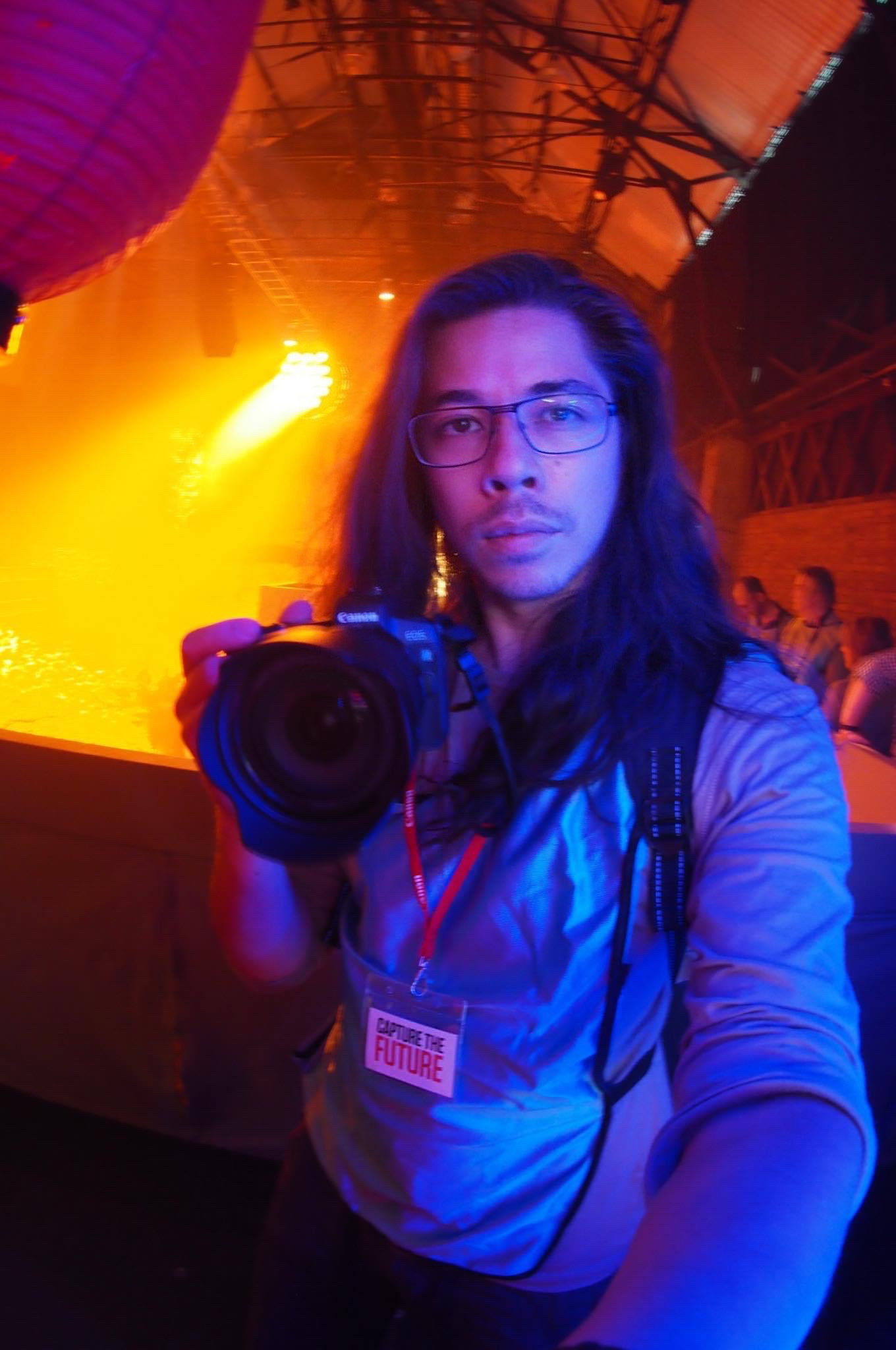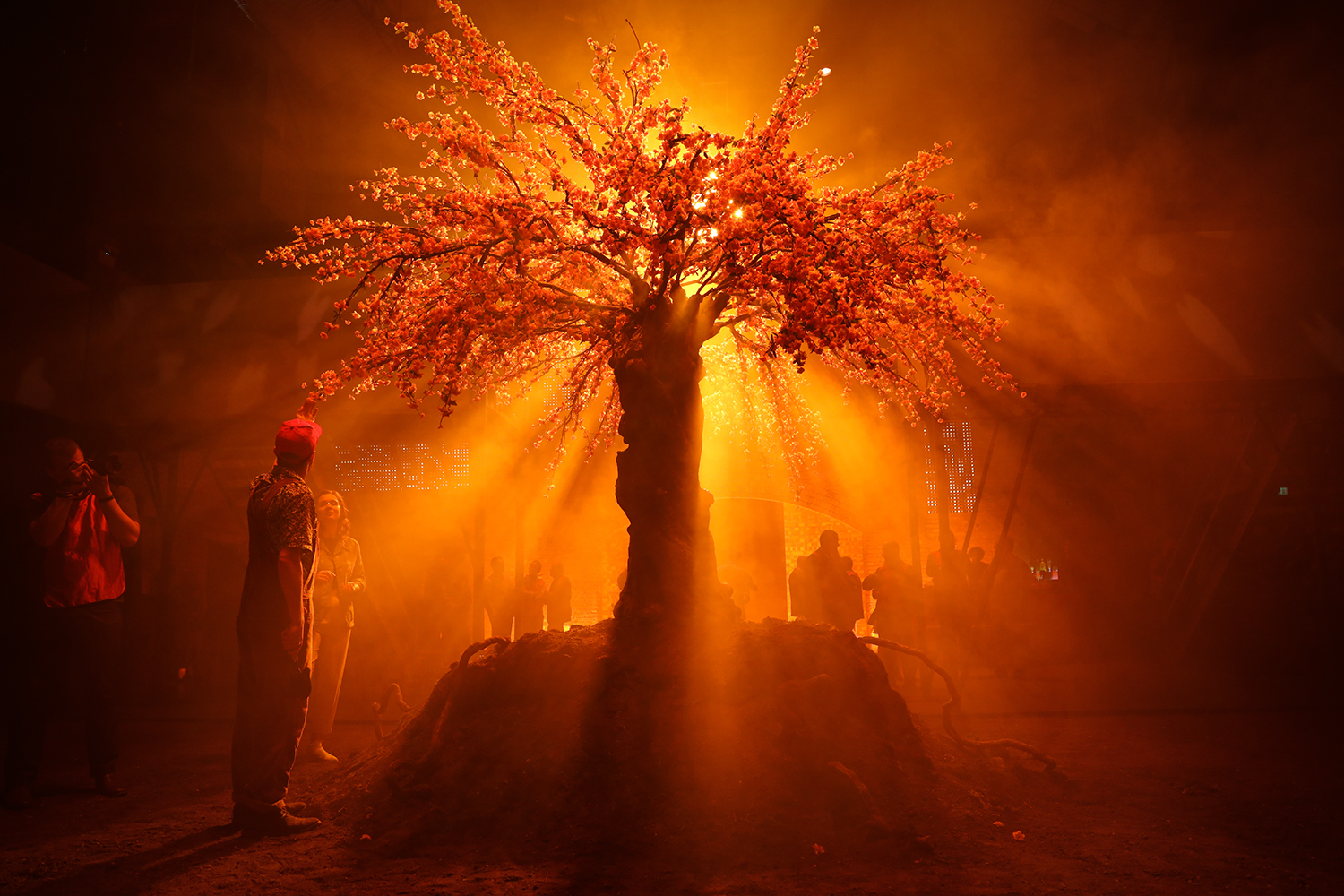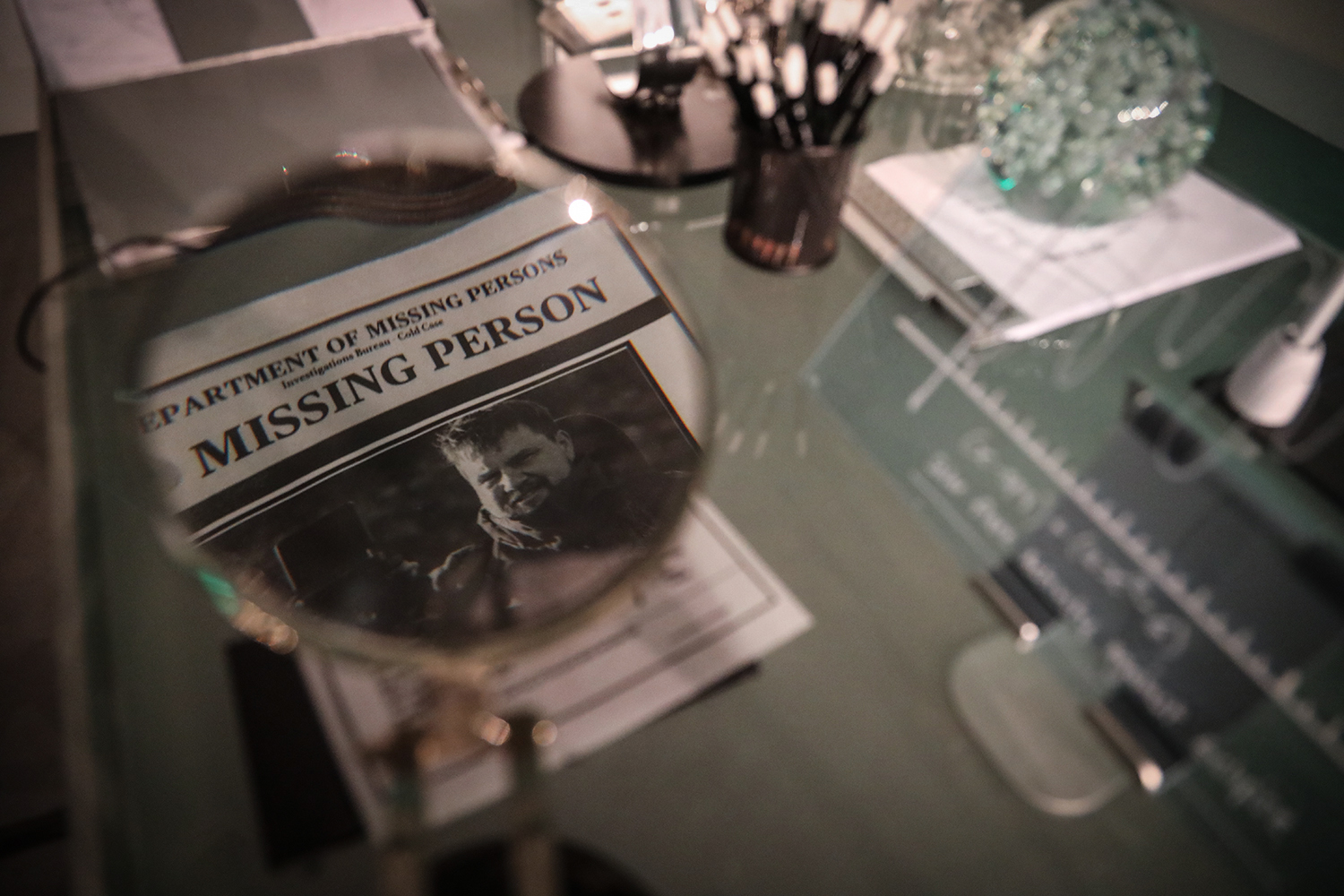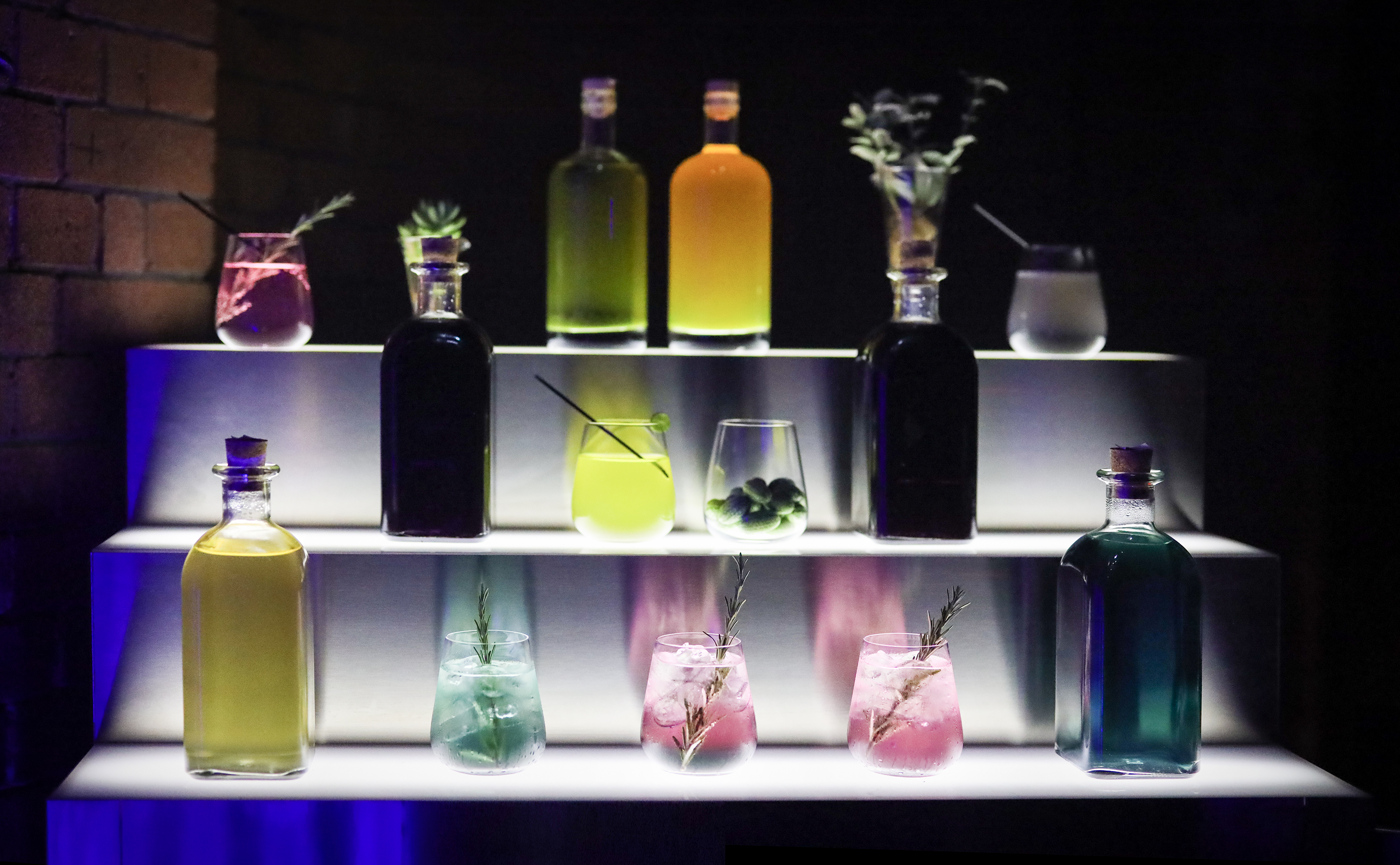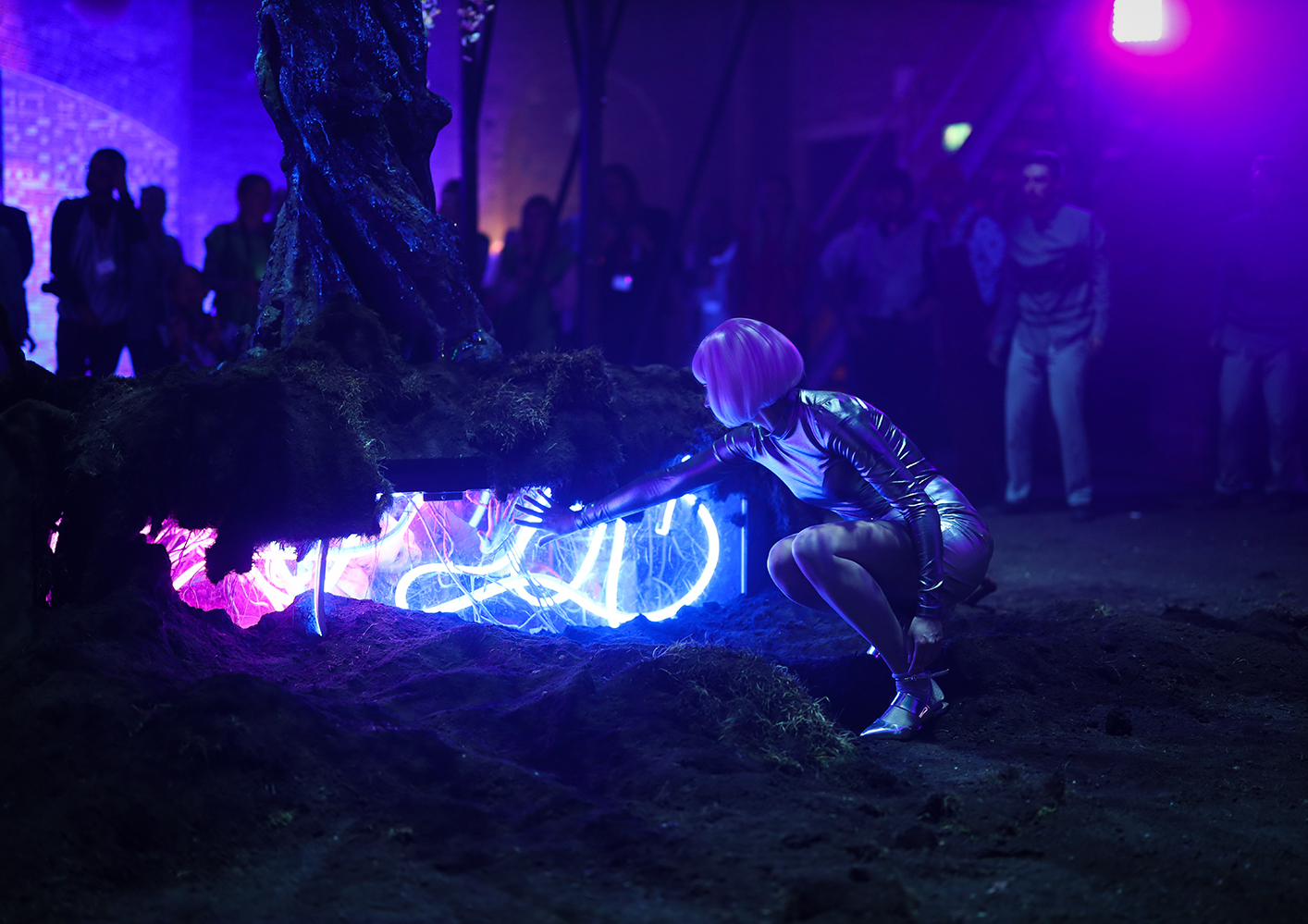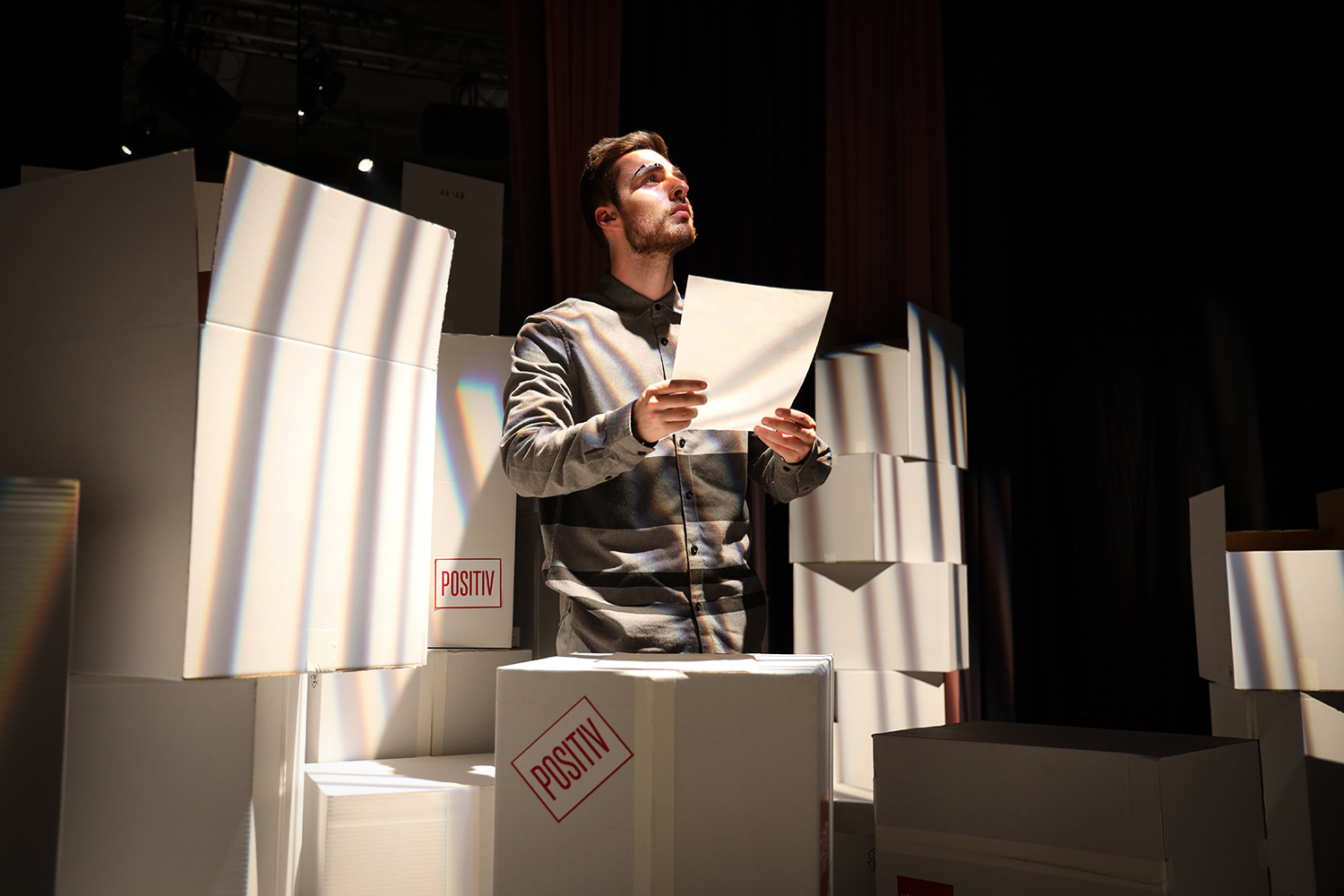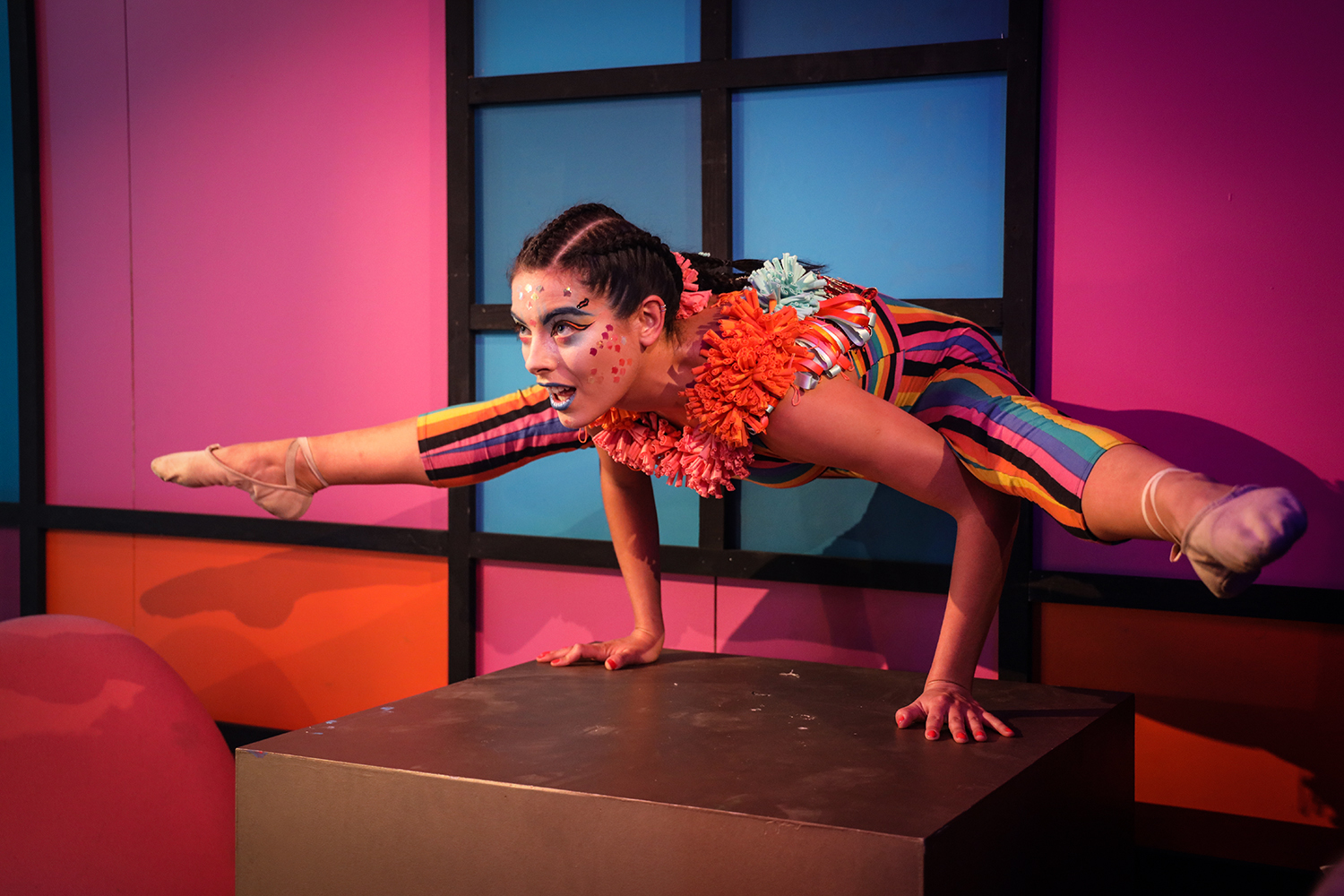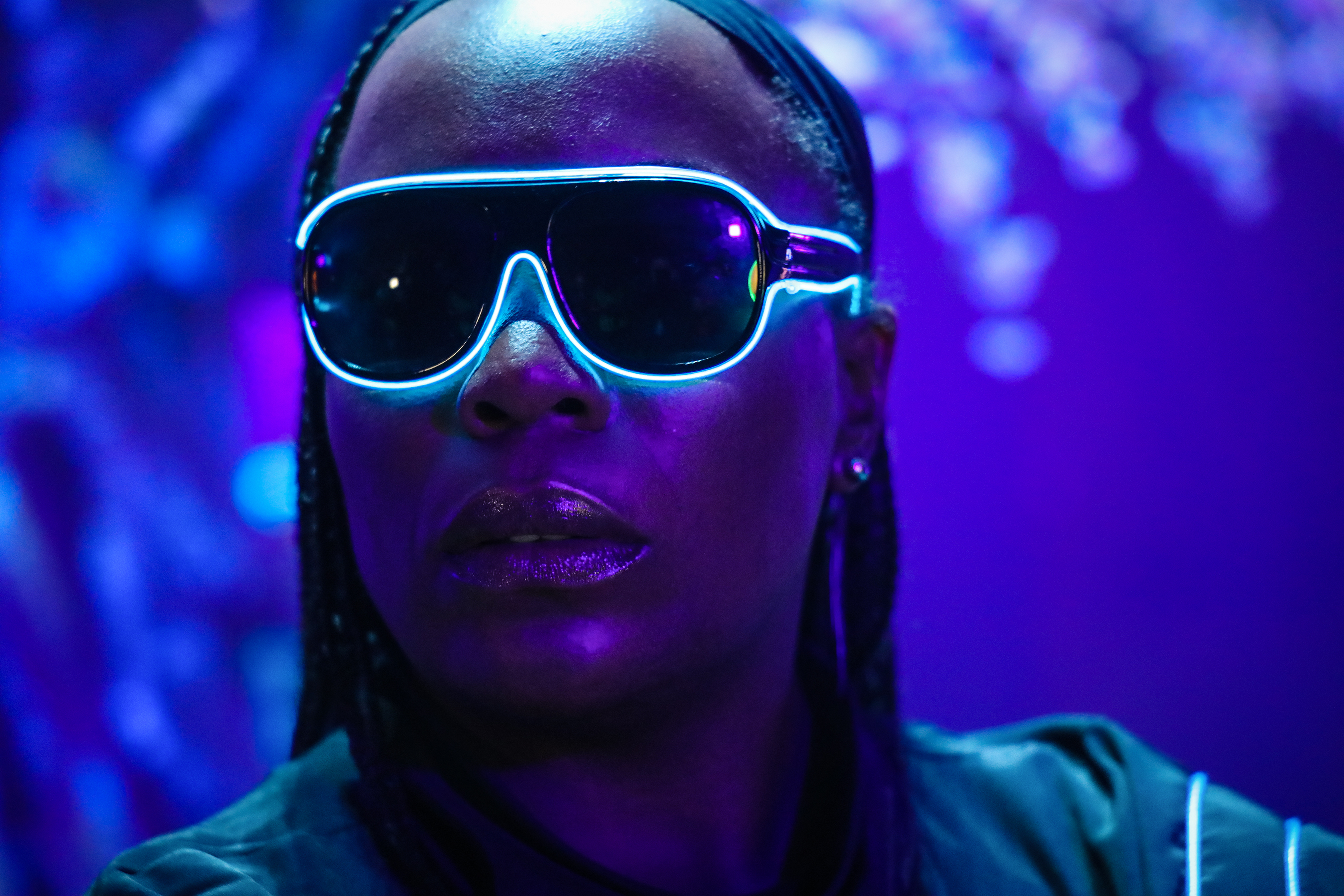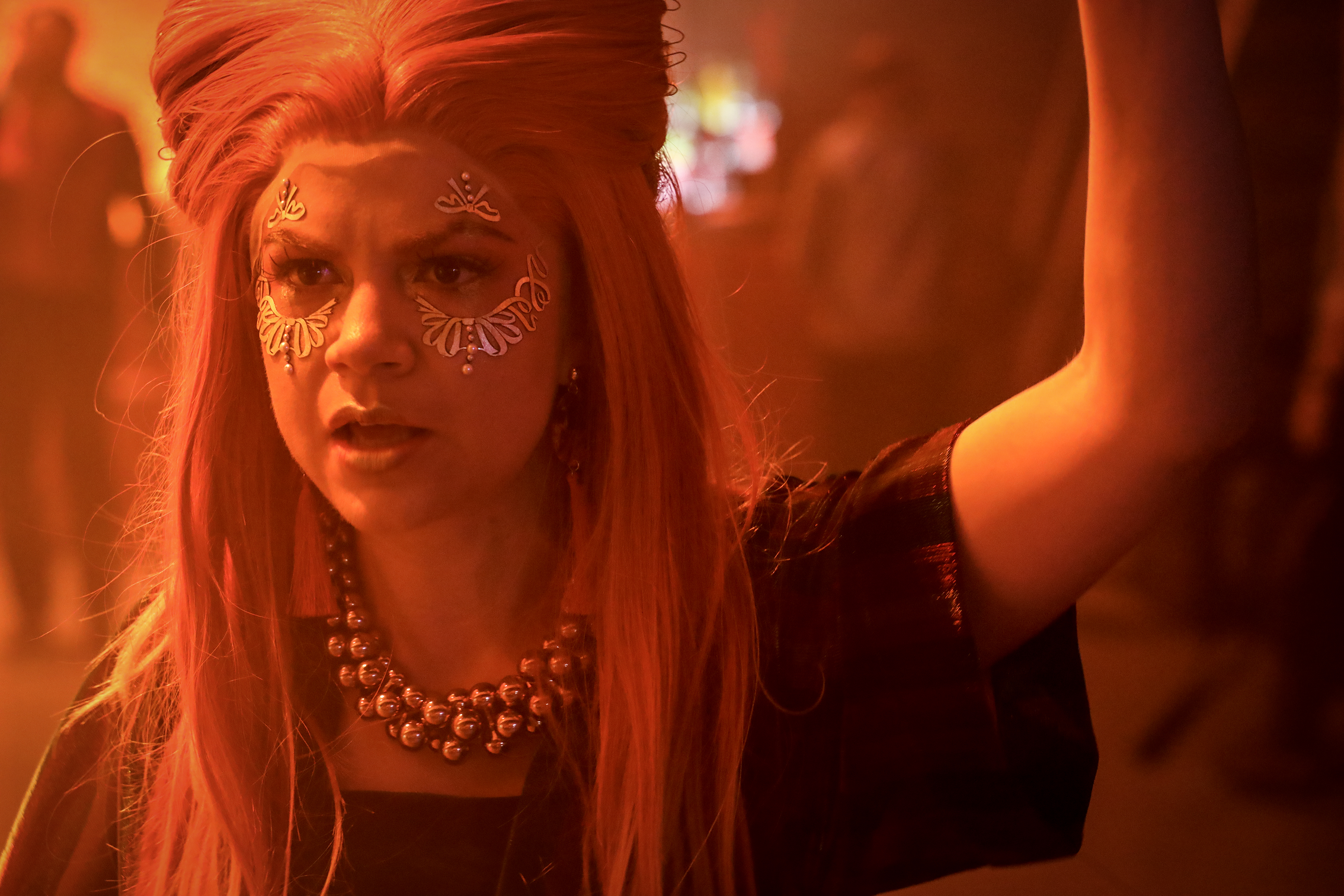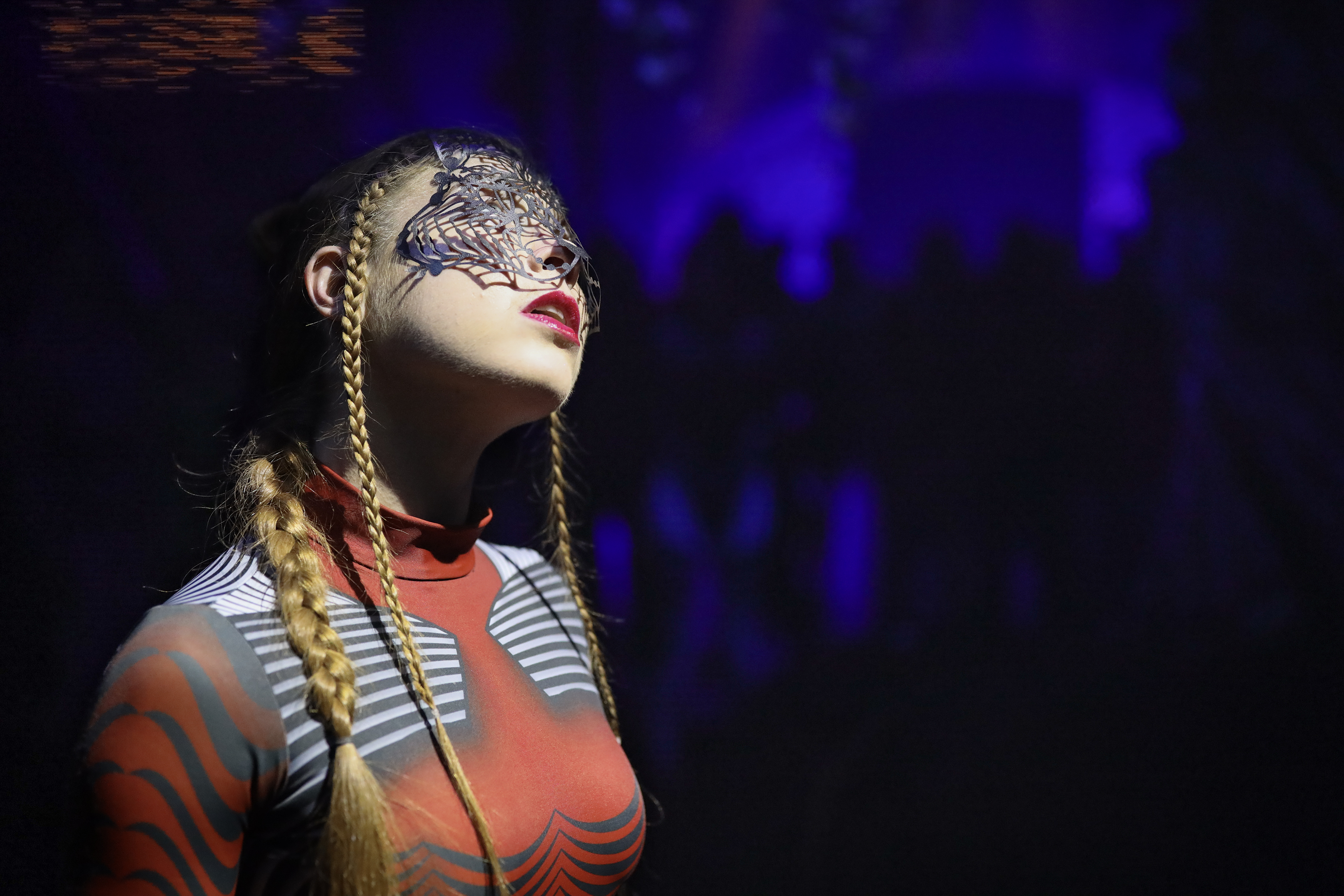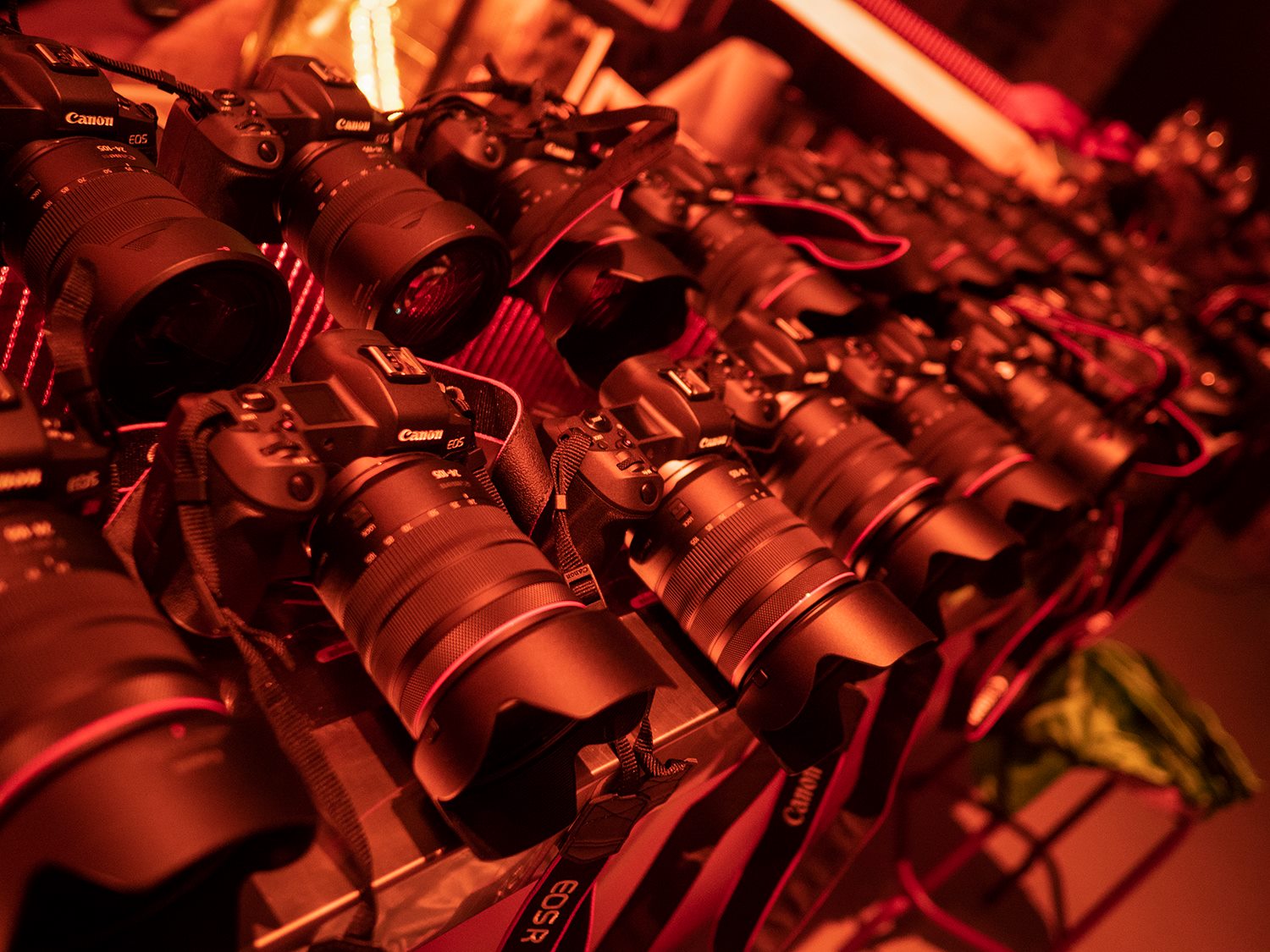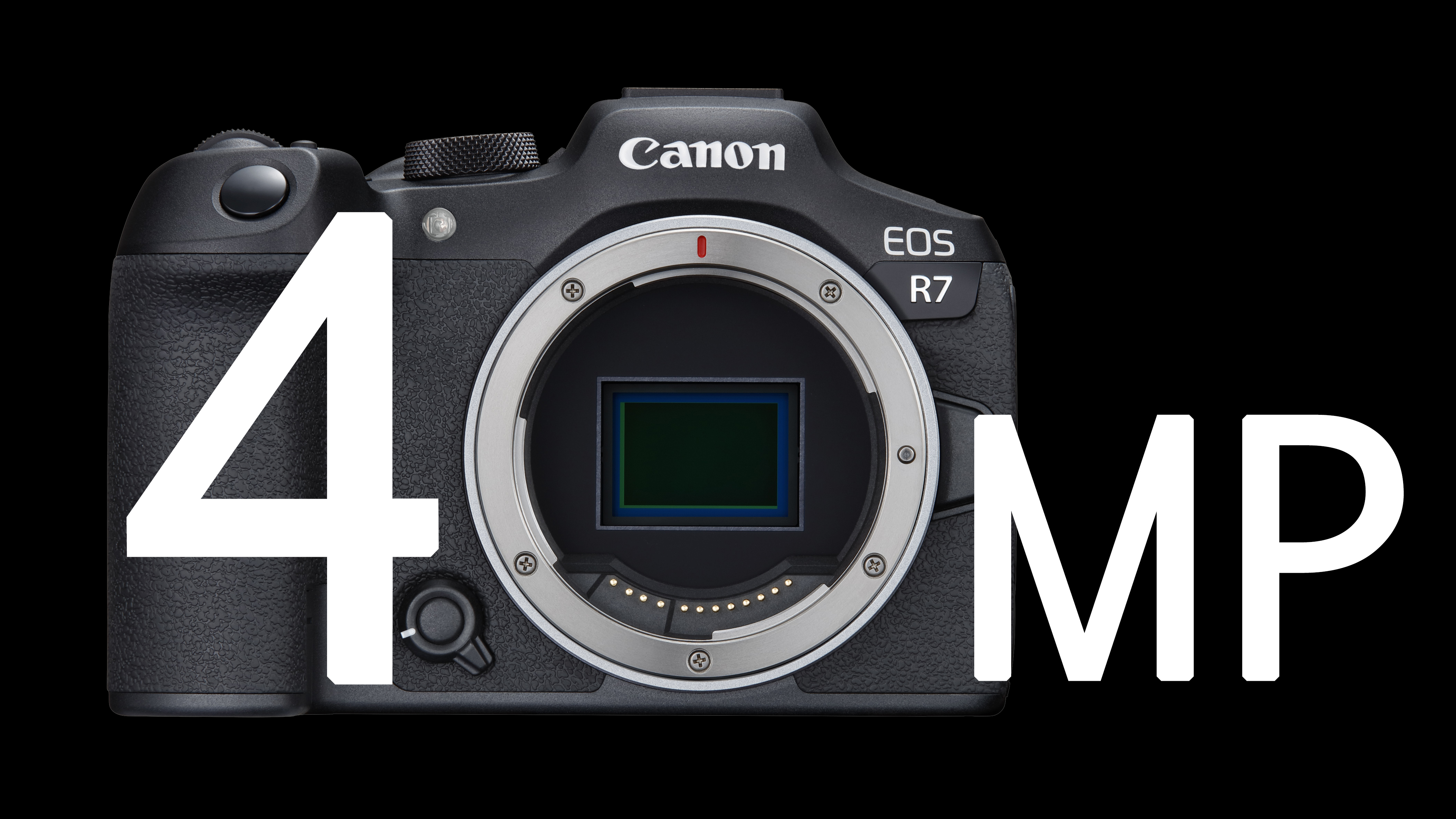5 years on: Remembering the Canon EOS R's insane cyberpunk launch party
5 years ago, Canon launched the EOS R – and I went to the bonkers Blade Runner-esque launch party
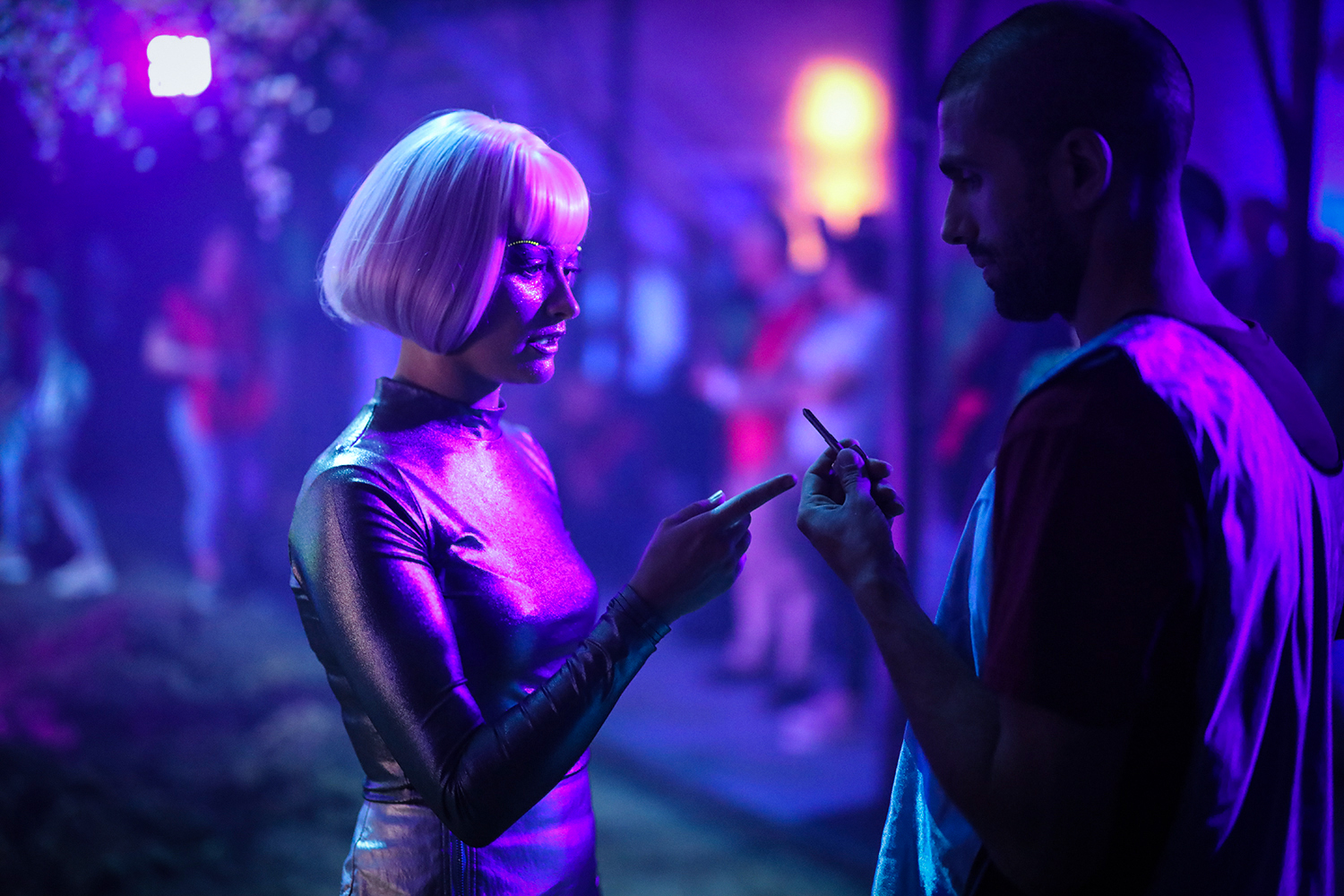
As a journalist, I've seen some pretty bananas press events in my time. The review event for The Witcher 3 videogame was held overnight at a medieval castle, for example. Or the time I ended up in a cage, getting my ass handed to me by a Brazilian Jiu-Jitsu black belt, at an EA Sports MMA preview. Haunted houses, abandoned Russian nuclear bunkers… like I said, I've seen some wild stuff.
But I don't think I've ever been to an event quite as barmy as the launch party for the original Canon EOS R, held at a secret location in London, England, five years ago. I arrived at the warehouse location, greeted by scientists wearing white coats and goggles, carrying clipboards, warning me that I was about to embark on a time travel mission.
"Capture the future" was my mission – and the tagline for the EOS R launch – and I would be propelled into an undisclosed point in the future where my mission was to catalog my findings using an equally futuristic device: that being an EOS R camera with, as standard, the Canon RF 24-105mm f/4L (though, in true videogame fashion, this could be upgraded if I found the correct part of the "level").
I was ushered through a series of plastic curtains, through areas festooned with warning signs, and into a clean room where I was to don my scientific protection suit (a blue bib) and collect my camera equipment. Then I was transported to the future – and informed that I might be able to find clues by investigating different areas, talking to people I encountered in the future, and following their movements.
If you've spent any time in London, you'll know that immersive events are massive there. From Secret Cinema and escape rooms and Dopamine Land to interactive experiences based on Stranger Things, Jurassic Park, Van Gogh and anything else you can imagine, this town loves dark warehouses full of crazy light installations and ambient sounds and walkabout performances. And now, Canon had its own.
The best way I can describe it is like a bigger budget version of cult British game show The Crystal Maze, only with a bigger budget and distinctly Blade Runner vibes.
Indeed, at one point, I felt very much like Deckard on a hunt for replicants. One of the "zones" was what seemed to be a detective's office, with clues and clippings about a missing person who, I assume, needed to be tracked down.
The best camera deals, reviews, product advice, and unmissable photography news, direct to your inbox!
A number of automaton-like performers, some dressed with cogs and machine-like parts on their faces or clothing, were milling through the crowd. I asked one if they could help me find the missing person, and was told that I needed to find a disc and bring it back to them. So off I scurried, but not before snapping some images of them, and went about looking for said disc.
As I moved throughout the zones, it was like traversing different levels in a videogame. There was a tavern area, of course, where an enthusiastic barkeep was slinging neon-colored cocktails that seemed ripe fodder for my quest (and camera).
As I moved through another area, reminiscent of Taffey Lewis' nightclub in Blade Runner with contortionists and other esoteric performers, I entered a very dark industrial area where I was greeted by a barkeep of a different sort.
This time it was Canon's (at the time) product intelligence specialist, David Parry. And again, just like in a videogame, where I had previously visited a bar to up my stats, here I was at the in-game "shop" where I could upgrade my items. So I swapped the 24-105mm for the Canon RF 28-70mm f/2L – a superior low light performer that might better help me under the challenging lighting conditions.
I thanked David (once I recognized him in the darkness) and continued on my quest for data discs and wherever else I might find.
I encountered plenty more strange sights, interesting areas and familiar faces, including a warehouse-come-lab where test results were being collated and boxes of samples were being processed by machine-like men.
Unfortunately, though, I wasn't able to get my hands on the disc; it turned out that somebody else had beaten me to it, and taken it to its appropriate destination. As I understand it, a series of McGuffins were located around the various locations with each requiring delivery to the next. As the course of the event unfolded, the disc was exchanged for something else which was, in turn, exchanged for something else, and so on.
It eventually transpired that a key needed to be taken to one of the automatons at the center of the venue, where once there had been a golden tree that had since deluminated. The key, it seemed, would enable the automaton to unlock the roots of the tree and bring them back to life – in neon hues of electric blues and pinks.
The whole event was completely bonkers. Utterly barmy. Absolutely mad as cheese. And also, bloody brilliant. Camera launches are often quite dull. They generally take place in a meeting room with lots of Powerpoint slides and presentations full of cool conceptual images that some lucky photographer has been sent to shoot.
Here, however, was a completely realized little world in which I was that lucky photographer being sent to shoot conceptual images to represent what the camera is all about. Whatever you thought of the original EOS R (despite some shortcomings, I bought one immediately), and however you felt about Canon being late to the party with the RF mount, this wasn't just an extravagent PR event: it was a statement of intent. It was show, not tell. It let everybody know, over the course of a few hours in a bizarre warehouse in central London, that the EOS R was a very big deal.
And it was way better than a night in a medieval castle. Or an afternoon getting beaten up in a cage, for that matter.
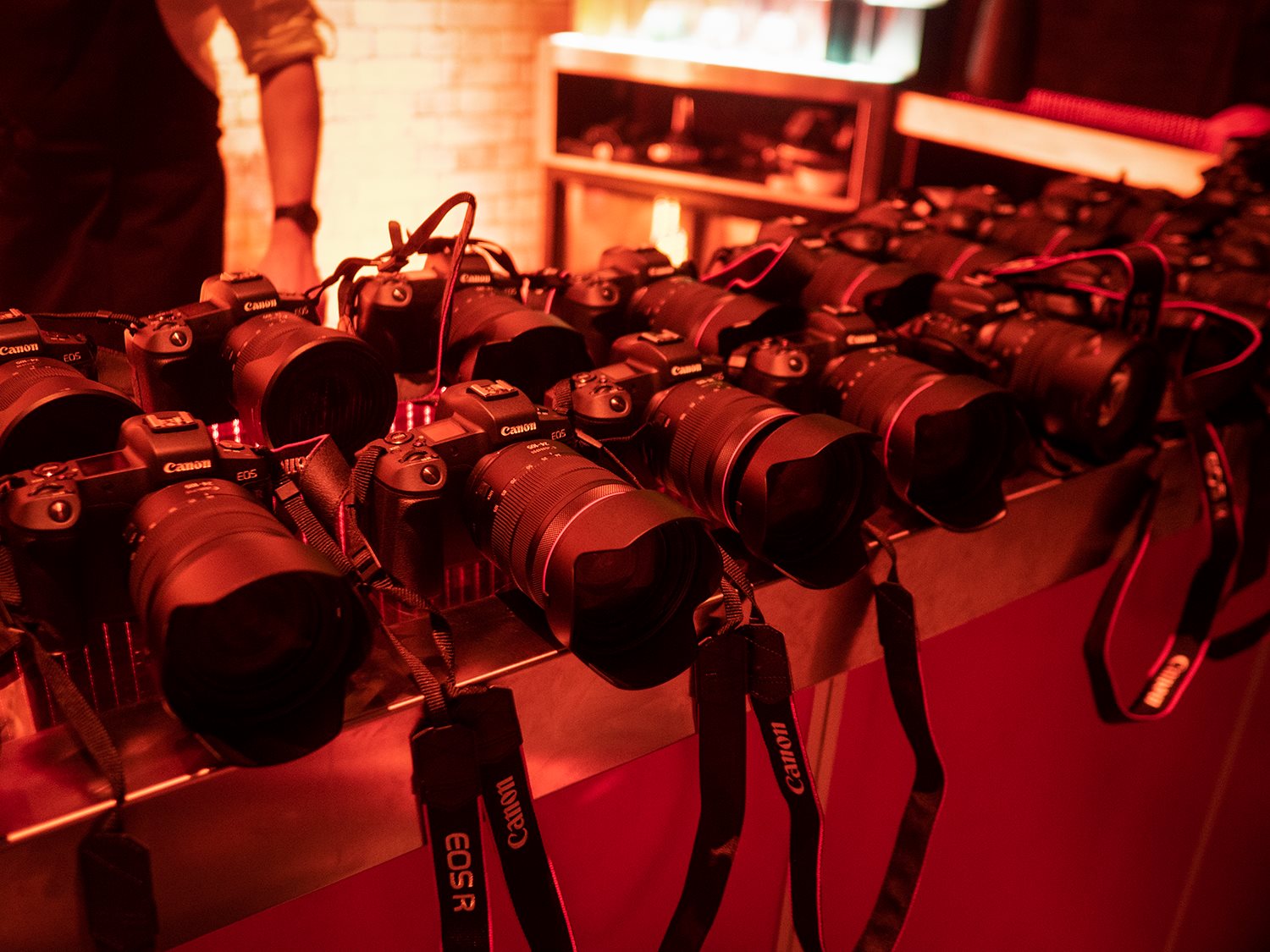
You might be interested in the best Canon RF lenses for the EOS R system, as well as the best Canon cameras including DSLRs and compacts.

James has 25 years experience as a journalist, serving as the head of Digital Camera World for 7 of them. He started working in the photography industry in 2014, product testing and shooting ad campaigns for Olympus, as well as clients like Aston Martin Racing, Elinchrom and L'Oréal. An Olympus / OM System, Canon and Hasselblad shooter, he has a wealth of knowledge on cameras of all makes – and he loves instant cameras, too.
